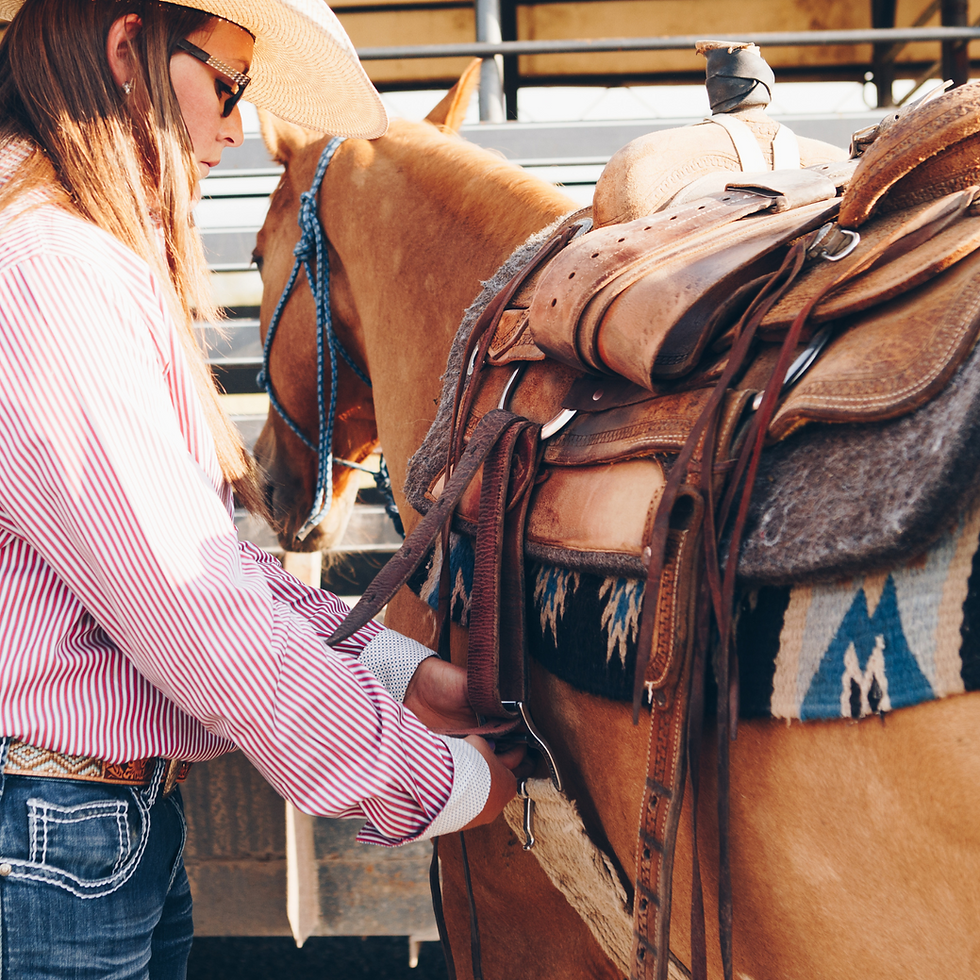Unlocking Equine Performance: Why Proper Alignment at the Poll, Occiput, and Atlas Matters
- PB Bodnar

- May 25
- 2 min read
In the world of equine performance, subtle imbalances can have dramatic consequences. Nowhere is this more evident than in the uppermost area of the horse’s spine—the poll, occiput, and upper cervical region. When properly aligned, this area is not only critical to comfort and soundness but also plays a vital role in performance, balance, and communication between horse and rider.
Understanding the Poll and Upper Cervical Region
The "poll" refers to the area just behind a horse’s ears, including the occiput (the back part of the skull) and the first two cervical vertebrae, known as the atlas (C1) and axis (C2). This complex region is the anatomical and neurological gateway between the horse’s brain and the rest of its body.
Even slight misalignments here can influence:
Neuro-muscular coordination
Proprioception (body awareness)
Range of motion in the head and neck
Comfort when bridled or collected
Balance and forward movement
The Performance Connection
When the poll and upper cervical region are properly aligned, horses exhibit:
Improved Collection and Engagement
A misalignment at the poll or upper neck can restrict the horse’s ability to flex at the poll and engage through the back. In contrast, proper alignment allows for free movement of the head and neck, facilitating better collection, especially in disciplines like dressage, reining, and show jumping.
Better Communication with the Rider
This region houses critical nerve pathways that affect the horse’s response to rein cues. A horse with poll discomfort may resist the bit, toss its head, or feel “disconnected.” When aligned, rein pressure is translated more effectively, improving responsiveness and softness.
Balance and Coordination
The atlas and axis serve as the foundation for the horse’s head carriage and balance. If misaligned, the horse may struggle with straightness, have trouble picking up leads, or drift in lateral movements. Correct alignment promotes symmetry in movement and enhances athletic coordination.
Reduced Risk of Compensatory Injuries
When a horse is misaligned at the poll or cervical spine, it may compensate with altered posture or gait mechanics, placing undue stress on joints, ligaments, and muscles elsewhere in the body. Restoring alignment helps prevent this ripple effect and supports overall soundness.
What Causes Misalignment?
Pulling back when tied
Poor saddle or bridle fit
Inadequate dental balance
Traumatic events (falls, trailer slips, or pasture accidents)
Chronic tension from training practices or repetitive movements
How to Support Alignment
Regular Equine Chiropractic Care: Certified animal chiropractors can evaluate and adjust this sensitive region with precision and care.
Proper Saddle and Bridle Fit: Ill-fitting tack often contributes to poll tension. Ensure that equipment supports, rather than restricts, natural movement.
Balanced Hoof Care: Even foot imbalances can impact head and neck carriage due to the compensatory effects on posture.
Thoughtful Training Practices: Allowing adequate warm-up, cool-down, and cross-training helps minimize physical stress.
Final Thoughts
Your horse’s poll and upper cervical region may be small in area, but its influence on performance is enormous. By ensuring proper alignment and freedom of motion in this region, you're not just improving biomechanics—you're giving your horse the neurological foundation to move, perform, and feel their best.
Whether you're in the rodeo, show ring, or on the trail, optimal alignment from poll to pelvis is important to your horse’s comfort and performance.




Comments